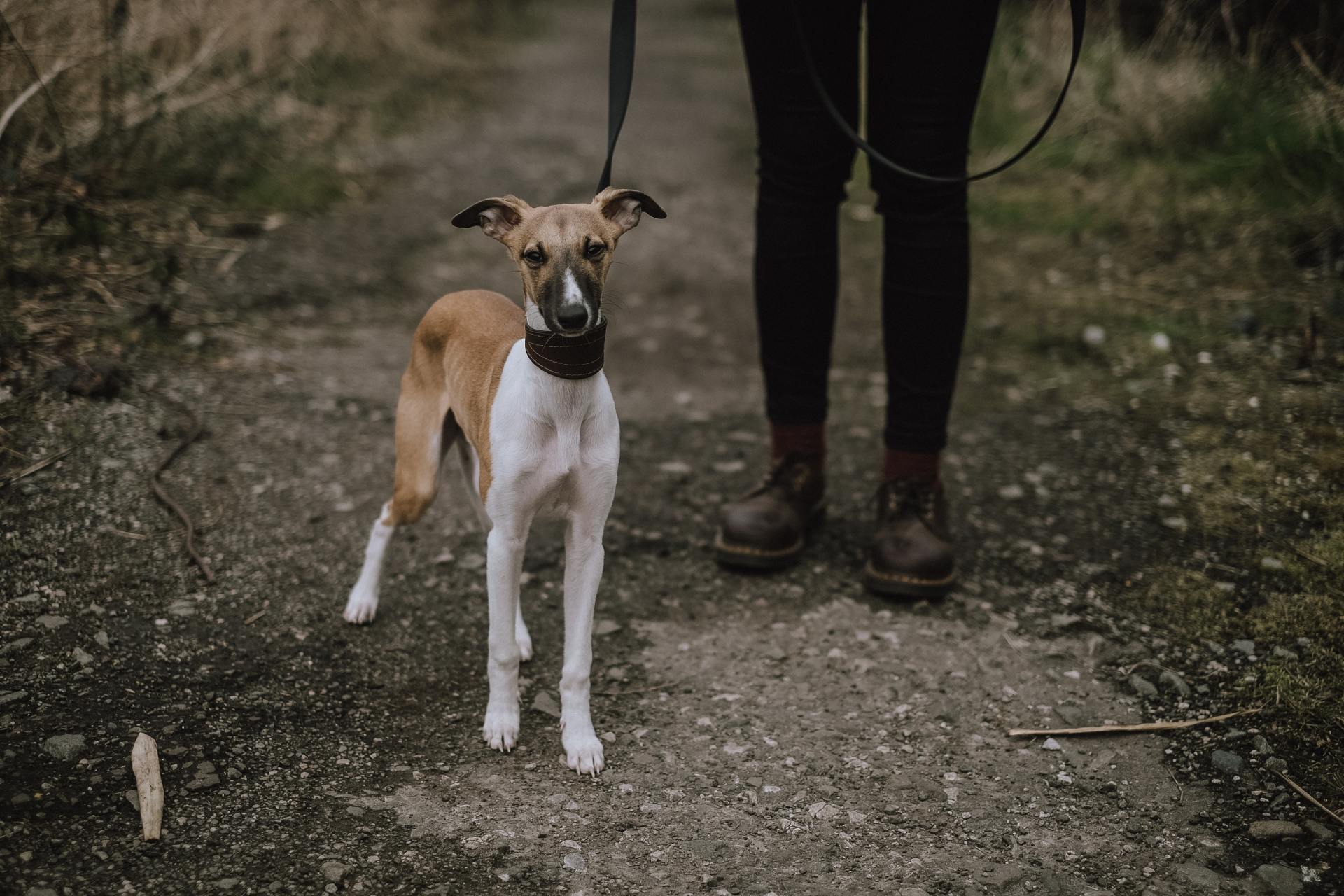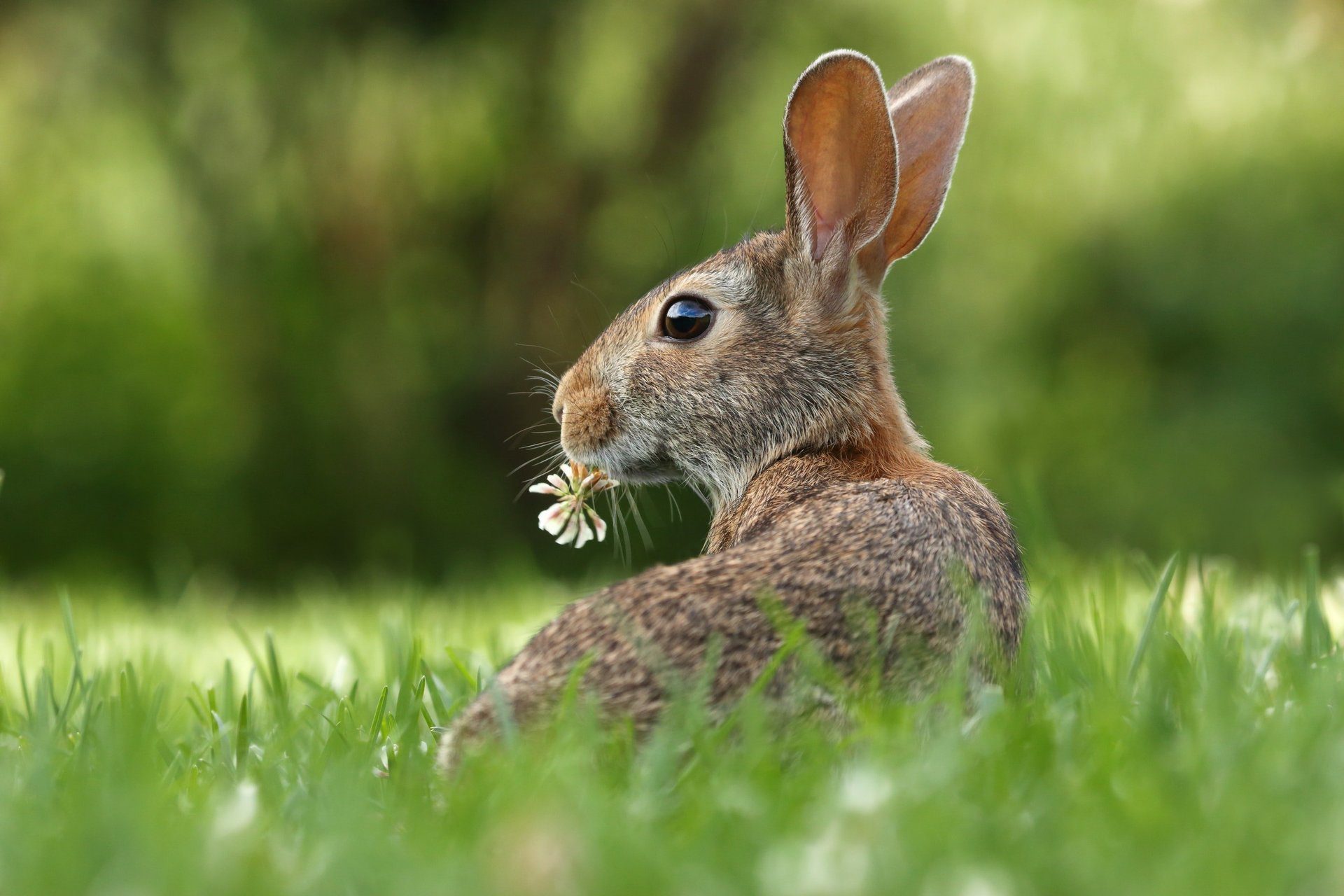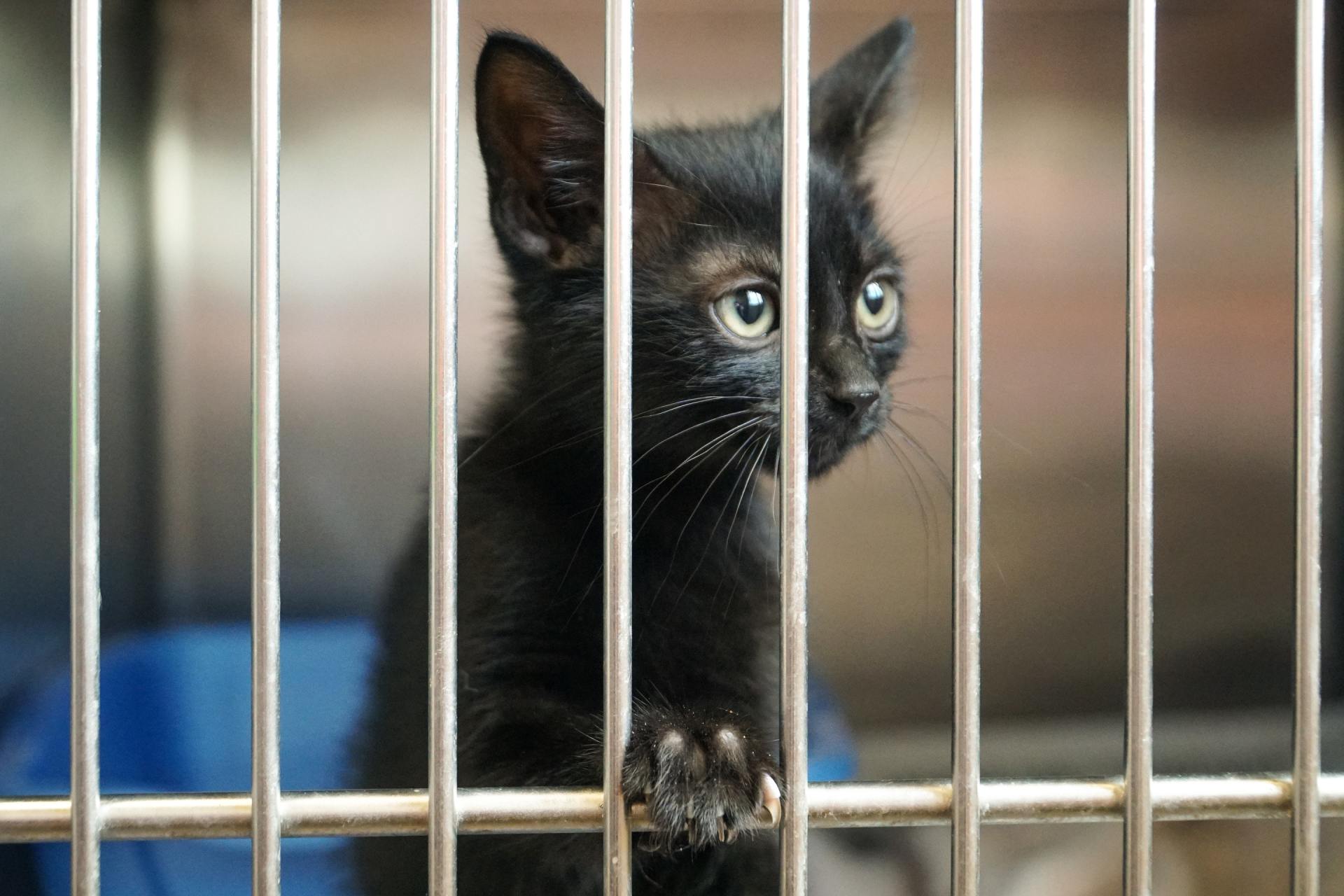Help Your Pet’s Post-Surgery Healing from Spay/Neuter
As spring unfolds, many animals enter their breeding season. In the veterinary field, there’s a notable emphasis on spaying and neutering during February and March to manage the influx of newborn kittens and puppies that commonly occurs in spring. Beyond preventing unwanted offspring, spaying or neutering your pet helps address various behavioral issues. Post-surgery, Fido and Fluffy often exhibit heightened calmness and improved behavior. While routine, it’s important to provide your pet with extra care during recovery. Discover insights from a Burlington, ON veterinarian who tackles common questions and provides tips for ensuring your animal companion heals smoothly and swiftly.
Is My Pet Allowed to be Running or Jumping After Surgery?
Restricting your pet’s activity during the recovery period, particularly in the first few days, is crucial. It’s highly recommended to confine your pet to a limited space for the initial 3-5 days post-surgery. Utilize a dog crate or puppy pen to ensure both Fido and Fluffy remain secure during this time.
Your pet will initially spend a considerable amount of time sleeping as their body works towards recovery. As days pass, they may gradually exhibit signs of increased energy. However, full recuperation will take a minimum of 10 to 14 days. It’s imperative to prevent your pet from engaging in strenuous activities like running, jumping, or vigorous play during this period. While Fido will still require walks, keep them short and on a leash to avoid excessive strain. Remember, there will be plenty of time for play and adventure once they’ve fully healed.
What’s the Best Way to Aid My Pet’s Smooth Spay/Neuter Recovery?
After discharge, anticipate receiving personalized guidance from your vet, outlining medication schedules and dietary recommendations for your pet’s homecoming. These instructions may vary slightly depending on individual needs. Nevertheless, we’re here to enhance their advice with some practical tips!
Consider these suggestions from us:
If You Have Any Questions, Ask Them Before You Go Home
The prospect of bringing your cherished furry companion for a procedure, even a standard one, can be daunting. To address any queries or concerns you may have beforehand, consider jotting them down or setting a voice reminder. This preparation will prevent overlooking important details during your visit to the clinic.
Follow the Directions Exactly as They’re Written
After your appointment, expect to receive after-care instructions from the clinic, usually on a sheet. These instructions will outline the key do’s and don’ts for your pet’s recovery. Make sure to read them thoroughly and ask for clarification on anything unclear.
Extra care may be needed for food instructions. Your Burlington, ON vet might recommend providing only a small meal after surgery or waiting until the next day.
Safeguard the Stitches
Fluffy and Fido are usually discharged with an Elizabethan collar, much to their dissatisfaction. Despite their protest, this collar is incredibly important to maintain their safety during the recovery process. With the surgical incision healing, itching is inevitable, leading pets to scratch or bite, and posing a risk to the integrity of the stitches. Therefore, the collar serves as a protective measure against potential harm.
If they truly hate the plastic cone, contemplate purchasing an inflatable collar for your pet. These offer greater comfort and less visual obstruction compared to conventional e-collars. Seek guidance from your Burlington, ON vet regarding this alternative to be sure there would be no issues.
Take note that some pets are persistent in trying to escape these collars, sometimes at the expense of injuring themselves. If your pet refuses the collar, reach out to the clinic for assistance.
Make Sure They Have a Good Bed
Considering a new bed for your pet? This is the perfect moment! Your furry friend, whether it’s Fido or Fluffy, will be thrilled to have a comfortable, cozy space to relax in as they recover. Adding soft blankets is a great idea, but avoid anything that could stick to their stitches.
Provide a comfortable environment for your pet. Consider turning on dog and cat TV or soft music to help them relax.
Make Sure Other Pets Stay Apart From Them During Recovery
If you have more than one pet, it’s a good idea to keep your furry patient in a separate area during their healing process. Despite their close relationship and love for cuddling, prioritizing healing is vital to prevent complications.
Manage Exercise Duration
While Fido and Fluffy are typically active and playful, it’s best not to encourage vigorous running or play until they’ve fully healed and received clearance from the vet. Consider storing Fluffy’s cat tree or other climbing items until she’s fully recovered.
Keep an Eye on Your Pet’s Incision Area
Make it a habit to check your pet’s stitches or incision regularly. Remain vigilant for any worrisome signs and promptly alert your Burlington, ON vet if you spot anything unusual.
Keep watch for the following:
- Foul Odor
- Redness
- Swelling
- Pus
- Bleeding
- Discoloration
Ensure to monitor for other symptoms such as vomiting, diarrhea, fever, and lethargy.
Use Care When Giving Medication
Strictly follow the prescribed pain meds’ instructions. Refrain from giving your pet any other medications during their recovery unless specifically approved by your veterinarian.
Extend Comfort and Affection
During the first few days, most pets sleep a lot. Let your furry pal focus on healing. Although gentle pets and forehead kisses may offer comfort to your adorable patient, be mindful not to force attention, as some pets may be crabby.
Refrain from Baths and Grooming
While grooming is necessary for your pet’s health, it’s important to avoid getting the incision wet or contaminated during baths or grooming. Wait for your vet’s approval before resuming grooming activities. Consider using pet wipes or a damp cloth for spot cleaning if necessary, while taking care to avoid the incision area. Contact the clinic for guidance should your pet accidentally get their incision site wet.
How Long Will My Pet Take to Heal After Surgery?
Expect the healing process to last approximately 10 days to 2 weeks. Males typically bounce back quicker than females, as you can expect. While you may notice some improvement in your pet’s condition after a few days, remember they’re still in the healing phase. Excessive movement can cause complications, including torn stitches and injuries.
Is It Safe to Leave My Pet Alone Following Spay/Neuter Surgery?
While we understand that it may not be possible for most people to stay with their pets constantly for 2 weeks, it’s recommended to keep an eye on them for at least 12 hours and ideally for the first 48 hours.
The silver lining, however, is it’s a wonderful opportunity for a mini-staycation. Spend the time catching up on your favorite show or finally starting that organization project.
Can I Walk My Dog After Spay/Neuter Surgery?
Fido will inevitably need to go outside, so keep the outings brief and concise. Prevent him from excessive running and avoid interactions with other dogs if at all possible.
Is It Possible for Cats to Use a Litter Box After Being Spayed?
Fluffy will still require the litter box, so keep it clean. It’s a good idea to scoop daily during the recovery process, even if you don’t always do so.
To help with their movement in and out of the litterbox, consider switching to one with lower walls if yours has high sides. These are often available at pet stores for a reasonable price.
Thinking about spay/neuter surgery for your pet? Have questions about the recovery process? Contact us, Aldershot Animal Hospital in Burlington, ON, for guidance today!




